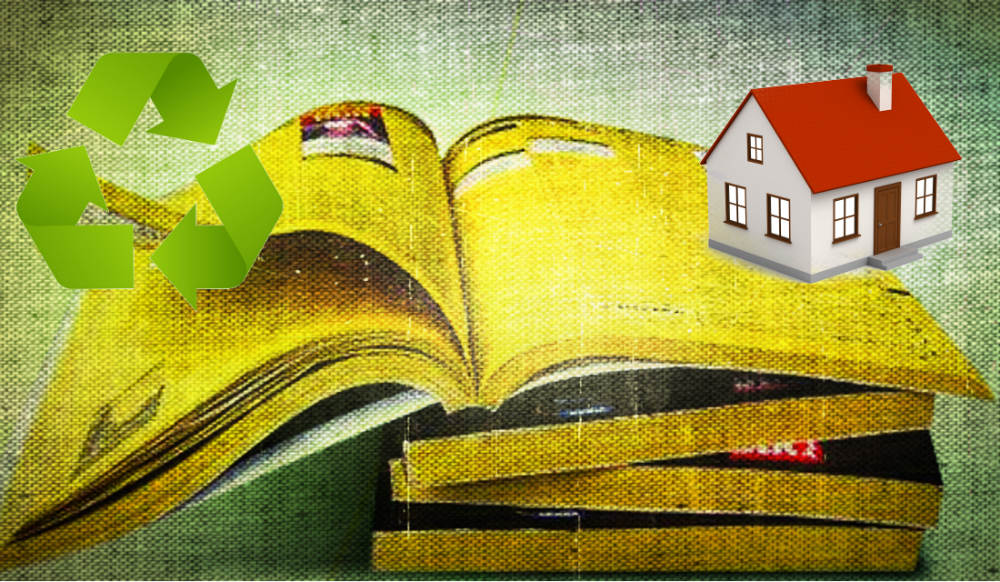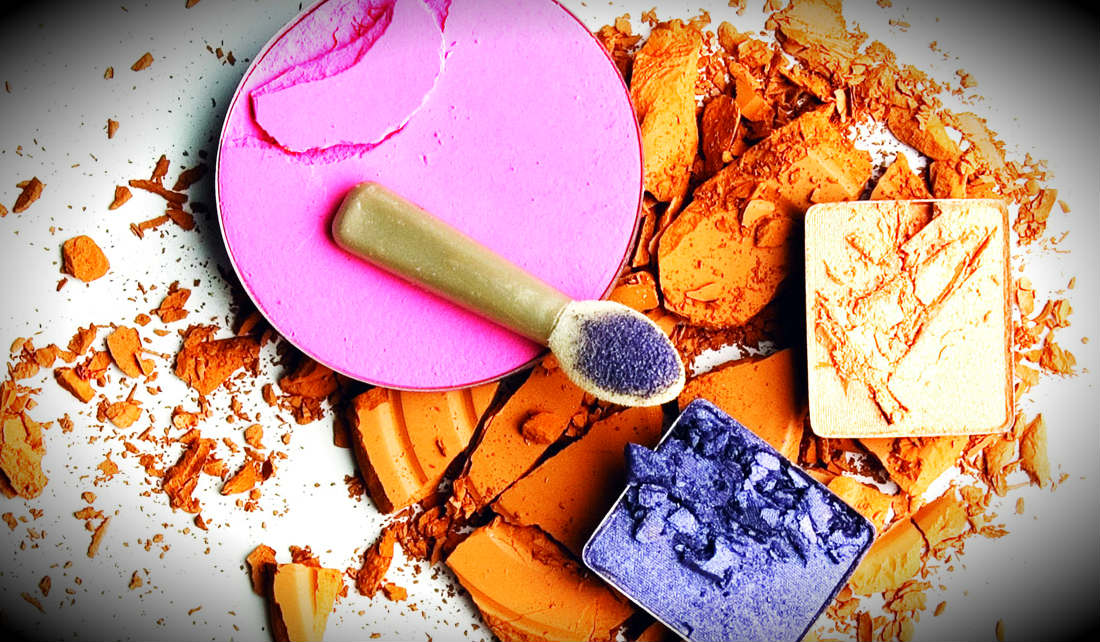Anúncios
Phone books, once essential for finding phone numbers for people and businesses, have fallen into disuse with the advancement of technology. With the internet and the widespread use of cell phones, the need for large blocks of printed paper has become practically non-existent. However, some of us may still have a phone book hidden away at home, forgotten in a drawer, without knowing exactly what to do with it.
The transition to digital has not only improved access to information, but has also had a positive impact on the environment. Old-fashioned telephone directories consumed vast amounts of natural resources in their production, from cutting down trees to the energy used for printing and transportation. The weight of these publications contributed to carbon emissions, having a significant impact on logistics. Today, with the search for sustainable practices, the existence of these directories has become increasingly questionable.

Telephone Directories in the Digital Age
Although the printing of telephone directories has declined dramatically, there may still be places where they are distributed. The question that arises is: why do they still exist? The advancement of the Internet allows us to quickly access any phone number or business contact through a simple Google search, making the bulky pages of old telephone directories obsolete.
The current scenario raises greater questions about the waste of resources and the environmental impact that these materials have. If you still receive a telephone directory, it is best to refuse it. This way, we avoid not only waste, but also the perpetuation of an outdated and unsustainable practice. However, for those who still have old directories, recycling is a viable and essential alternative.
Creative Use of Phone Book
While recycling is already a clear path for the disposal of phone books, there is also a creative and unexpected side to these blocks of paper. One of the most daring and curious ideas was the construction of a warehouse using around 7,000 phone books. The structure was built with tensioned pages, and the application of varnish and lamination ensured that the walls were weatherproof. This initiative, in addition to being intriguing, functioned as a protest against the continuation of printing phone books in a digital world.
Despite the eccentricity of the project, it opens up space for reflections on the reuse of materials. The shed made from telephone books serves as an example that, with creativity, it is possible to give new uses to materials that would otherwise be discarded. In addition to being a visual provocation, the project symbolizes the end of an era and the need to find sustainable solutions for the waste we generate.
Turning Phone Books into Art
In addition to unusual constructions, telephone directories can also be used to create handcrafted pieces. One of the most interesting creative uses is making jewelry from these pages. For craft and sustainability lovers, this is a way to transform something that was once important into a unique and decorative piece.
Phone book pages, often full of colors and different fonts, can be rolled, braided or folded to create necklaces, bracelets and other accessories. When treated well, paper can be given a new life, creating a unique, handmade product. This practice not only stimulates creativity, but also promotes the reuse of materials that would otherwise be discarded.
Recycling as a Sustainable Solution
For those who don’t want to turn their phone books into jewelry or sheds, recycling is still the best solution. Most of the paper used in directories can be recycled and converted into new products, such as recycled paper, boxes or even cardboard. This process reduces the need to cut down more trees and saves energy and water compared to producing paper from virgin raw materials.
The practice of recycling phone books should be encouraged, especially since the environmental impact of improper disposal can be significant. Many of the components used in printing, such as inks and glues, can cause pollution when not properly treated. Therefore, finding a recycling collection point in your city or redirecting these materials to collectors is an important step in mitigating environmental damage.
The Definitive End of the Telephone Directory?
With the continued advancement of technology and the prevalence of digital communication, it is expected that phone books will eventually disappear altogether. Online services such as search engines and even virtual assistants have completely replaced the need for large pads of paper. The transition to digital not only saves resources, but also makes it easier to access information quickly and efficiently.
Resistance to the end of phone books can be attributed to nostalgia or to those who, for whatever reason, still prefer to have everything printed. However, with increasing environmental awareness and digital options available, it is likely that the production of these directories will continue to decline until they cease altogether.
Exploring New Sustainable Ideas
Creative reuse of materials, such as phone books, leads us to think of other ways to give life to items that we previously considered useless. Just like paper jewelry and sheds built with lists, there are countless possibilities for transforming disposable products into something new and functional.
This type of innovation is directly linked to the idea of a circular economy, where the goal is to keep materials in use for as long as possible, reducing waste generation. In a world that is increasingly seeking sustainable solutions, it is important to reflect on how we can reuse the resources around us and transform them into something of value, whether aesthetic, functional or both.
Although telephone directories are symbols of the past, they can teach us valuable lessons about reuse and the need to think of sustainable alternatives for the future. Whether through recycling or creative reuse, the message is clear: what seemed obsolete can be given a new life with a little innovation and environmental awareness.
Check out other interesting facts about recycling clicking here.
Learn how to make art by recycling, Click here.
Summary




